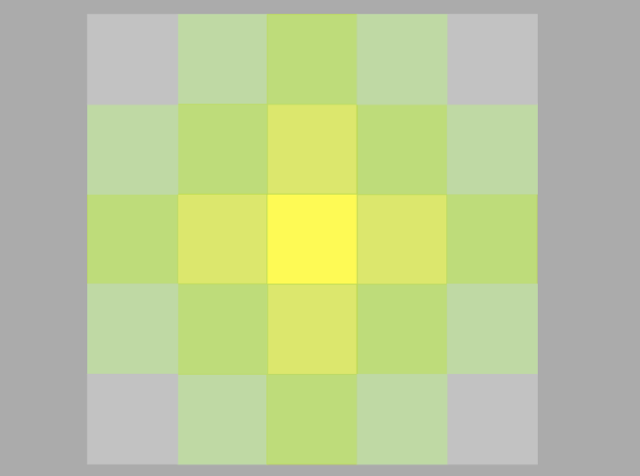Colour
and Contrast
In the
last session we learned that the colour wheel shows the relationships between
colour. We also learned that colour is perceived and not exact and that our
eyes fool our brain, as we only see red, green and blue.
Itten’s
7 Contrasts
§ Contrast of TONE*
§ Contrast of HUE*
§ Contrast of SATURATION*
§ Contrast of EXTENSION
§ Contrast of TEMPERATURE
§ COMPLIMENTARY contrast
§ SIMULTANEOUS contrast
*core
contrasts
All of
the contrasts can happen at the same time, to a lesser or greater extent.
How we
perceive what colours work best is based on our skill as a designer to select
the right colour.
Contrast
of TONE
This
is the juxtaposition of light and dark values.
- Can be monochromatic, shown in
the images below.
Tonal
range
- Monochrome colour values
- Highest contrast is between
black and white.
The
tone can effect the readability and legibility.
Less
tonal contrasts are much harder to read.
Tone
and Colour
- Higher contrast is easier to
see
- The red throws the blue forward
- Creates vivid and vibrant
contrast
- Blue lifts off of the red
Contrast
of HUE
This
is the juxtaposition of different hues.
The
greater the distance between hues on the colour wheel, the greater the
contrast.
Contrast
of HUE and TONE can work together.
The
background has an impact on the colour. When the background is removed it
provides the highest contrast possible.
The
background also affects the legibility – less contrast, less readable.
Contrast
of SATURATION
This
is the juxtaposition of light and dark values within a situation.
Slides
show how the situation affects the colours we see.
Contrast
of EXTENSION
This
is assigning proportional field sizes in relation to the visual weight of a
colour. This is also known as the ‘contrast of proportion’.
A certain
proportion of one colour will balance an amount of another colour.
If the
proportions are wrong it is not as comfortable to look at.
The
yellow stripe on its own stands out more than the other equally placed stripes.
Contrast
of TEMPERATURE
This is
the juxtaposition of hues that can be considered ‘warm’ and ‘hot’. Also known
as the contrast of warm and cool.
Blue - cool
Orange - hot
Where the
colours meet, our perception changes. Optically one colour changes how we see
another, creating hradients.
COMPLIMENTARY
contrast
By juxtaposing
the complimentaries, it creates the greatest contrast.
Black
and white
Red
and green
The complimentaries
deal with all perceivable colours, reacting with each other, creating a colour discord.
- All different chromatic values
are competing.
SIMULTANEOUS
contrast
§ This is a complex contrast that
is always happening
§ This means we cannot trust what
we are seeing
§ There is not a fixed constant



























No comments:
Post a Comment